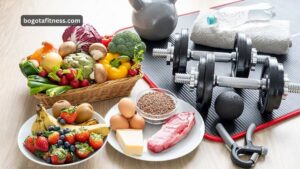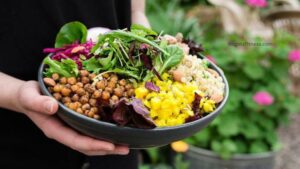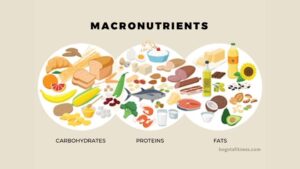Eating healthily on a tight budget might be difficult as food prices keep rising. Victoria Taylor, a senior dietitian, offers some assistance.
We recognize that the quantity of your grocery expenditure may be more important to you than whether the food is healthful because food prices are greater than they have ever been. However, it is feasible to take care of both.
Here are our best recommendations for affordable, healthful eating choices that will lower your chance of developing long-term health problems like a heart attack or stroke.
Affordable ways to get your 5-a-day
With the exception of potatoes, yams, and plantains, which are starchy carbs, you can include any fresh fruit and vegetables in your 5-a-day diet; ideally, aim for as much diversity as you can during the week.
In-season produce is more affordable and has a higher quality than out-of-season produce, so keep an eye out for deals on fruits and vegetables. In addition to meeting your daily requirement of five servings of fruits and vegetables, frozen produce can also be less expensive (particularly when it comes to berries and cherries) and reduce food waste.
When fruits and vegetables are canned in juice or water and don’t have extra sugar or salt, they count toward your recommended five a day.
Foods in cans with “value” ranges occasionally have additional sugar and salt. The majority of people in the UK consume excessive amounts of salt in their diets, which over time raises blood pressure and raises the risk of heart attacks and strokes.
Additionally, most of us consume excessive amounts of sugar, which can cause weight gain. Thus, read the label and decide if the version without salt and sugar is more reasonable. If not, consider switching to a different product (instead of sweetcorn with sugar and salt, try tinned mixed vegetables in water).
Protein on a budget
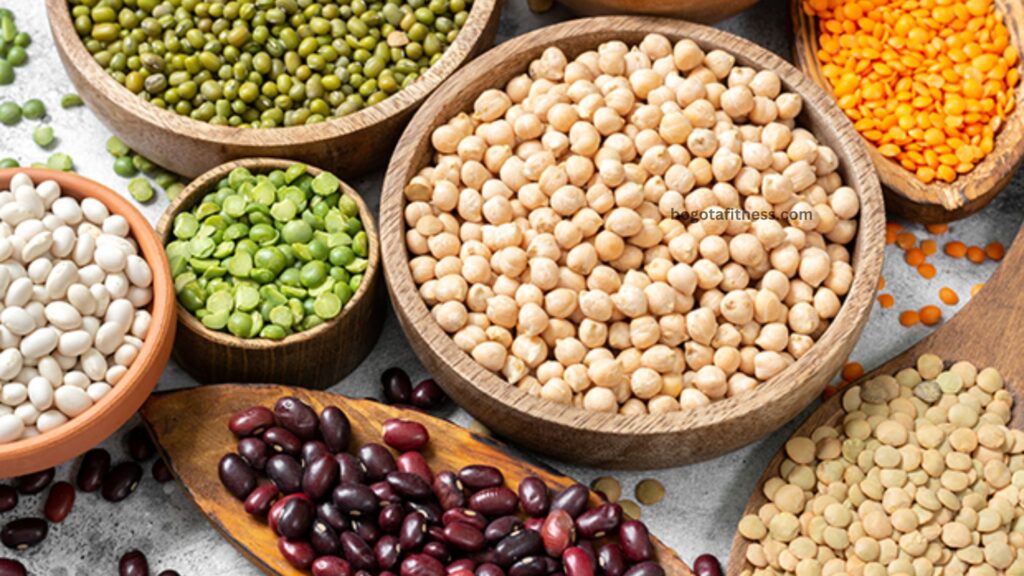
In general, plant proteins—such as those found in beans, lentils, and tofu—are the least expensive source of protein. Moreover, since they contain less saturated fat than meat, they’re a fantastic option for heart health.
Extra-lean mince is the healthiest option if you want to incorporate meat in your diet, although it does come at a higher price. When compared to extra-lean mince, the cheapest mince has around four times as much unhealthy (saturated) fat. If you must purchase the least expensive mince, you can cut down on the fat content by cooking it the day before, letting it cool, putting it in the fridge, and then scraping off the fat the following day. Alternatively, by adding beans and vegetables to recipes like shepherd’s pie, Bolognese sauce, stews, and curries, you may be able to use less meat. This will cut down on the fat content, and if you find yourself buying less meat, leaner selections may end up being more reasonably priced.
Chicken parts with skin and bones are less expensive than chicken parts without skin and bones. Just remember that the skin of the chicken includes saturated fat, so take it off before cooking.
Fish in a can costs less than fresh fish and doesn’t even require cooking. Oily fish, such as canned salmon, sardines, mackerel, and pilchards, are advised for heart health to be consumed once a week. Frozen fish can also be less expensive than fresh; fish fingers and other breaded or fried fish, which are higher in fat and salt, are typically less healthful than frozen fish fillets or pieces without additional sauces or coatings.
Adding healthy carbs
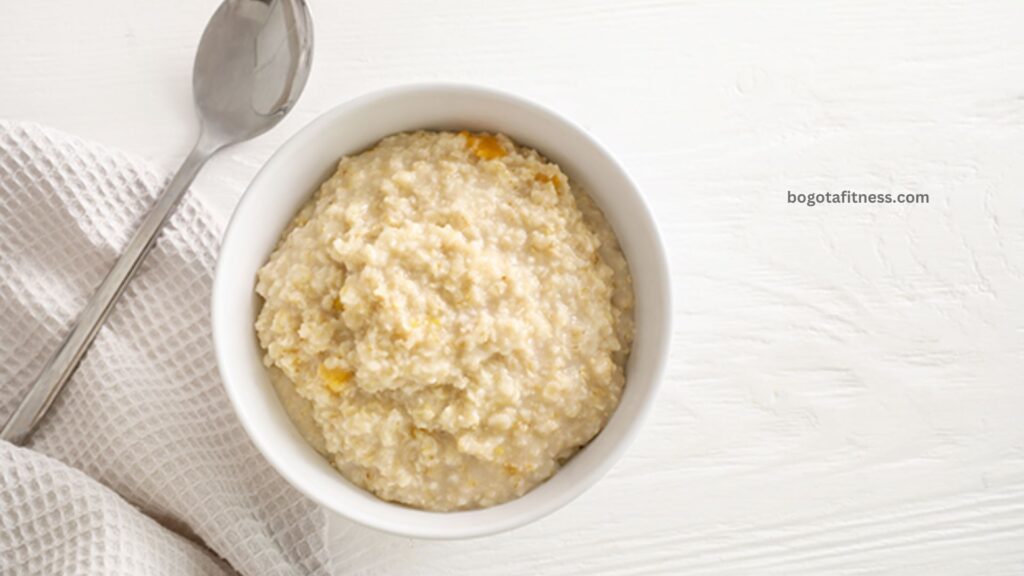
Rice, pasta, and bread made with whole grains don’t always cost more than their white counterparts. They can also be more filling and will support the health of your digestive system.
Oats for porridge are less expensive and a healthier option than other cereals. If you don’t want to prepare porridge, you may try making overnight oats. Just soak the oats in water, plant or low-fat milk, and then add some fruit and a pinch of cinnamon.
Also Read: STAY ON TRACK: ACHIEVE YOUR FITNESS GOALS WITH MOTIVATION
Cheap and healthy snacks
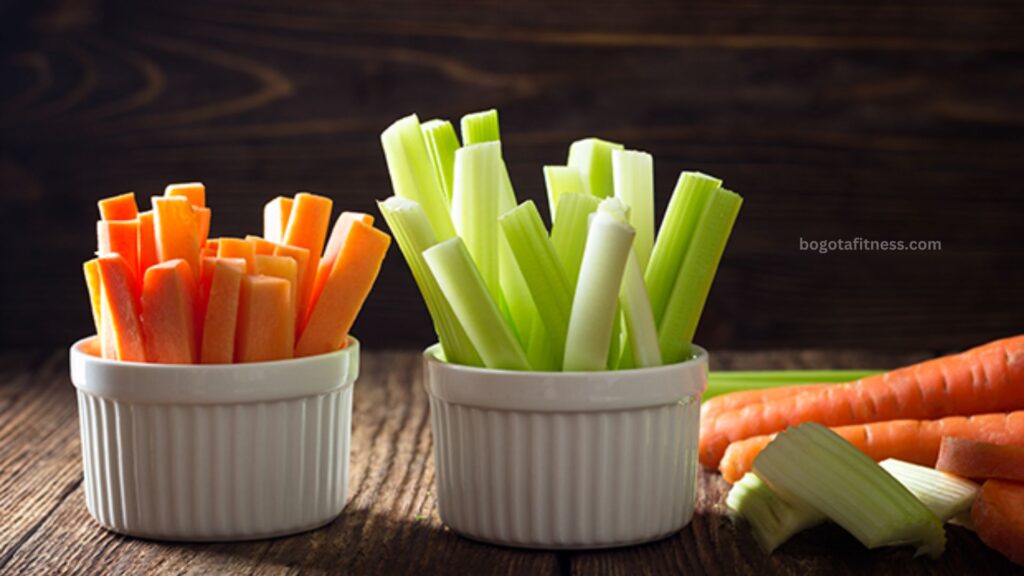
It’s possible that eating three well-balanced meals a day will eliminate the need for you to snack. If your family eats snacks, opt for fruit, unsalted nuts, and plain low-fat yoghurt for a more substantial and nutrient-dense option. Apples, bananas, and satsumas are inexpensive, easy-to-prepare snacks. If you have a little more time, you can create carrot and celery sticks at a lower cost per serving, and any leftovers may be used to soups or stews.
In addition to saving money and being healthier if you make your own popcorn or use it as a substitute for crisps, you can also flavor it with herbs and spices rather than butter, sugar, or salt. The least expensive nuts and seeds are often peanuts, sunflower, and pumpkin seeds, which also offer comparable health advantages to more expensive varieties. Regretfully, roasted or salted peanuts are frequently less expensive than regular unsalted almonds. Remember that eating too much salt can lead to high blood pressure, and that the salted ones may tempt you to consume more of them.
Avoiding waste
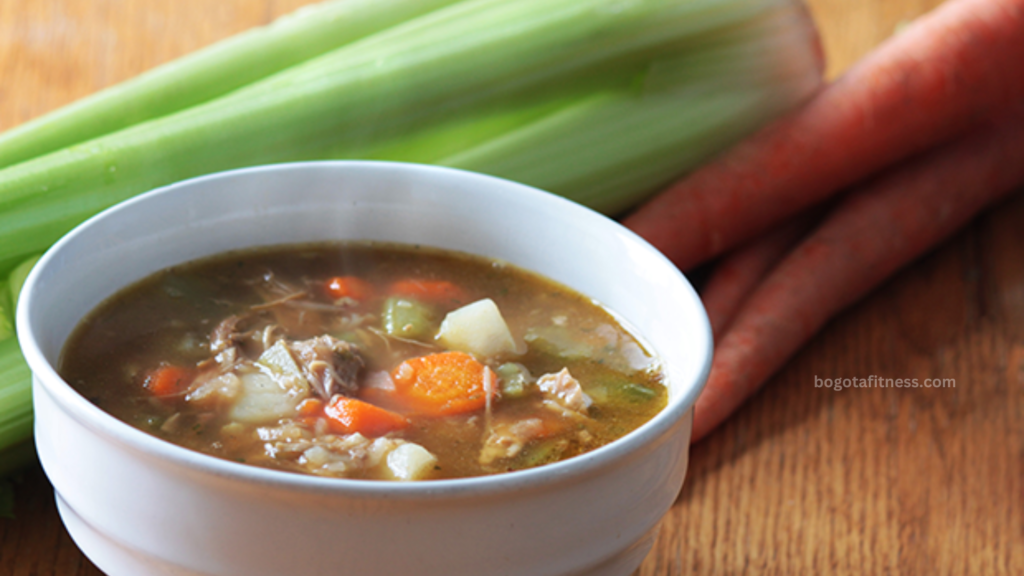
It is estimated that we waste between 25% and 50% of the food we purchase. Making a meal plan will help you consume less waste and ensure that you’re eating a healthy, balanced diet. Creating a meal plan doesn’t have to be difficult; it only helps you prepare for the days you might not have time to cook and saves you money on groceries you might not use.
You can create soup out of almost any leftover vegetable, adding some extra substance with a cannellini or butter bean tin. Since you can cook it without adding salt and use herbs or spices in place of salty stock, this may be a healthier option than buying soup. Soup can be frozen in parts for a later time. If you keep sliced bread, muffins, crumpets, and buns in the freezer and only remove what you need, they won’t go bad or moldy. Another great strategy to take advantage of end-of-day deals on wholegrain bread is to freeze it.
Energy-efficient cooking
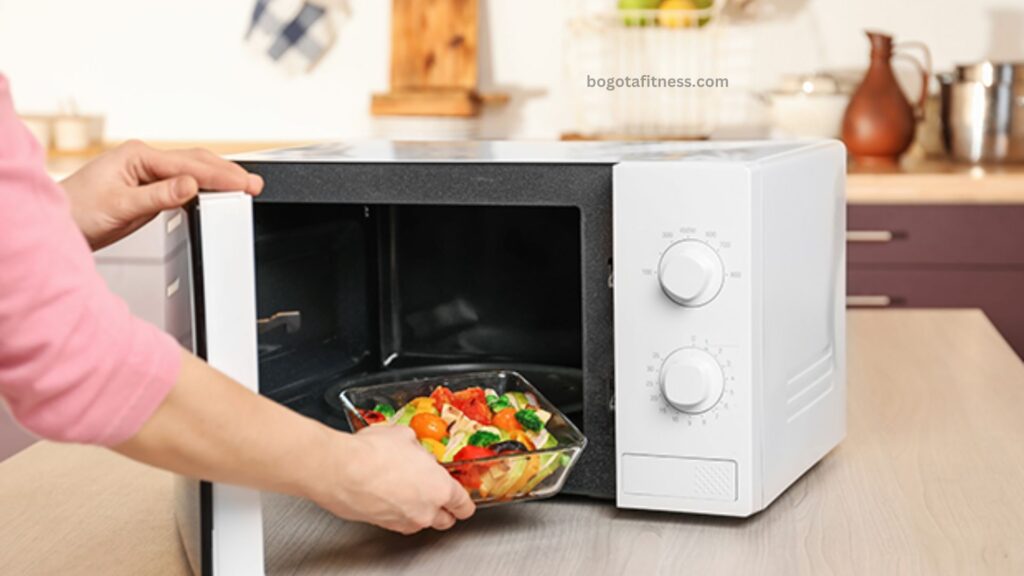
The most energy-efficient appliances for cooking are pressure cookers and microwaves, which can reduce your energy costs. Using a slow cooker can be less expensive than using the oven, depending on the temperature setting you choose. If you’re considering purchasing one of these appliances, BHF Home stores offer cheaper secondhand versions that have been thoroughly inspected to ensure their functionality and safety.
Microwaves and pressure cookers are the most energy-efficient kitchen appliances, which can lower your energy bills. Depending on the temperature setting you select, using a slow cooker can be less expensive than using an oven. BHF Home stores sell less expensive used models of these appliances that have been carefully evaluated to guarantee their functionality and safety if you’re thinking about buying one.
To expedite cooking and reduce fuel consumption when using a hob, choose the smallest pan suitable for the task and cover it. Although you should try not to boil more water in the kettle than you need, you can save any extra boiling water in a flask for later use when you need hot beverages.


